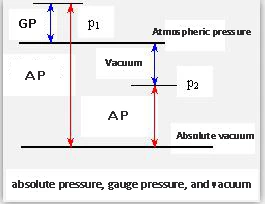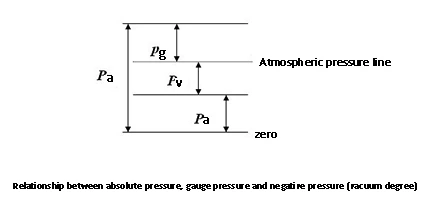Definition and difference of gauge pressure, absolute pressure and differential pressure
In the automation industry, we often hear the words gauge pressure and absolute pressure. So what are gauge pressure and absolute pressure? What is the difference between them? The first introduction is atmospheric pressure.
Atmospheric pressure: The pressure of a column of air on the earth's surface due to gravity. It is related to the altitude, latitude and meteorological conditions.

Differential pressure (differential pressure)
The relative difference between two pressures.
Absolute pressure
All pressures in the space where the medium (liquid, gas or steam) is located. Absolute pressure is the pressure relative to zero pressure.
Gauge pressure (relative pressure)
If the difference between absolute pressure and atmospheric pressure is a positive value, then this positive value is gauge pressure, that is, gauge pressure = absolute pressure-atmospheric pressure> 0.

In layman's terms, ordinary pressure gauges measure gauge pressure, and atmospheric pressure is absolute pressure. There is a special absolute pressure gauge for measuring absolute pressure.
Take pressure at two different positions on the pipeline. The difference between the two pressures is the differential pressure. The general differential pressure transmitter measures the differential pressure.



